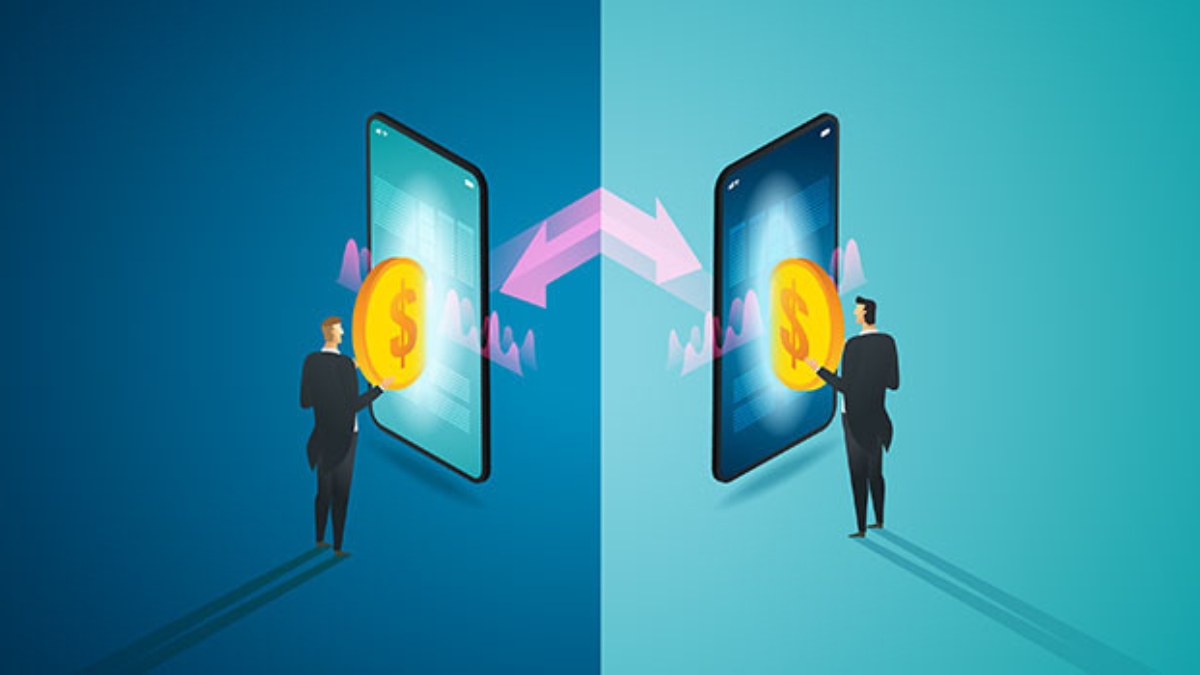The advancement of technology has helped almost every individual in their well-being; however, some use technology to commit frauds, scams, and hacks to become rich in a short duration.
Crypto scammers have developed dozens of techniques to lure victims, and P2P (peer-to-peer) has emerged as one of the most destructive among all other scamming methods.
In this informative article, we will delve deeper into understanding what P2P scams are, exposing their tactics and equipping you with essential knowledge to safeguard your finances.
What are P2P Scams?
In simple words, Peer-to-Peer (P2P) trading means directly exchanging cryptocurrencies between two users without the involvement of any third party. In P2P scams, the scammer portrays them as legitimate entities or individuals and convinces a victim to buy cryptocurrency.
Some primary methods that bad actors leverage to conduct these scams are phishing attacks, fraudulent schemes, and fraudulent online shops. Scammers exploit online platforms, social media, and messaging apps to deceive victims into transferring cryptocurrencies or sharing sensitive information.
The scammers operating the P2P scams contact the victims through various means, guiding them where to purchase and how to purchase cryptocurrencies.
Types of P2P Scams
- Phishing Technique – Scammers falsely claim to be a legitimate institution or a payment provider to steal the crucial information of a victim, including private keys, passwords, and the recovery phase.
- Investment Scams– In this type of scam, the fraudster designs a fake cryptocurrency investment scheme similar to some legitimate market projects, encouraging innocent investors to invest, ultimately coming into the limelight as a fraud.
- Overpayment Scam– Over the past few years, overpayment scams have troubled the broader finance market; in this scam, a scammer sends the money to the victim’s P2P account and then demands to return the money, claiming it was accidentally sent. Further, when the person receiving the money sends back the money, their credential, access, and even funds start to move to the fraudster’s account.
- Bogus Payment Scam– Suppose we have to buy something from an online website; in that case, we will use cards or other modes to pay for the product purchased, but on the other hand, scammers use stolen credit cards to make payments, and once they received the product, the payment gets cancel or held by the aggregator.
How to Protect Oneself From P2P Scams?
In order to remain safe and protected, a user is advised to never share their credentials with untrusted persons or organizations.
The advancement of technology has given many features to instantly send money from one account to another in seconds, making it more convenient than cash transactions. However, these interbank and inter-account transfers employ dozens of risks; in order to remain safe, one should cross-verify the details again and again to avoid any unwanted theft or stealing.
Stay updated with the latest technology advancements and security features, as the majority of individuals with traditional and crypto accounts lose their funds due to a lack of proper knowledge about the advancements. We can’t deny that mistakes can happen to anyone at times, but we should be more cautious and updated when it comes to money.
Nowadays, companies have launched advanced security features, including two-step authentication, which helps you secure your accounts from scammers and fraudsters.
Before inserting your banking and finance credentials on any website, it is mandatory to cross-verify the details of the platform in order to remain safe and avoid monetary losses in the near future.
Conclusion
P2P scams pose a significant threat to cryptocurrency users. You can safeguard your finances by recognizing scam tactics, verifying identities, and adopting security best practices. Stay informed, vigilant, and proactive in protecting your digital assets.









